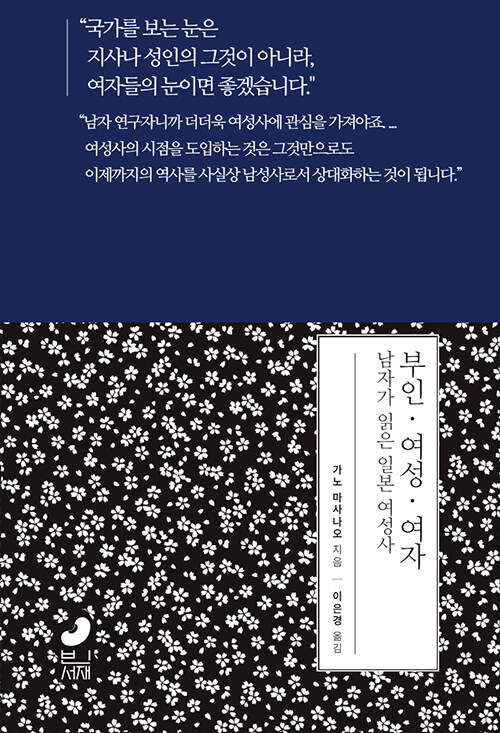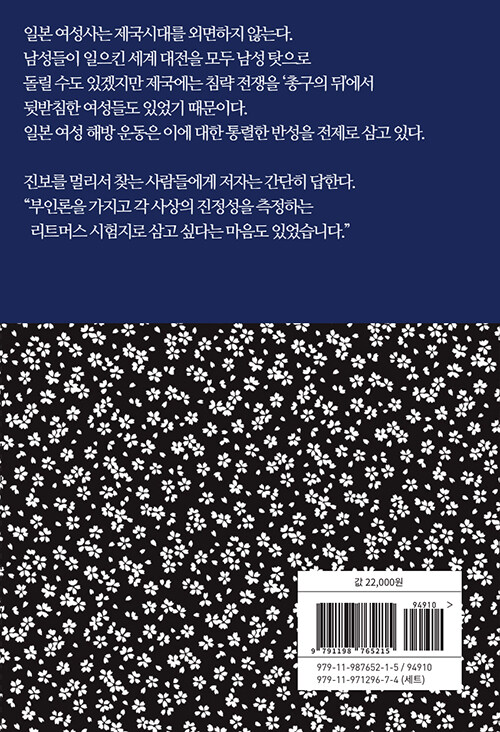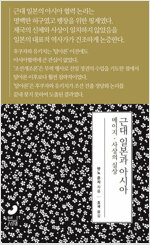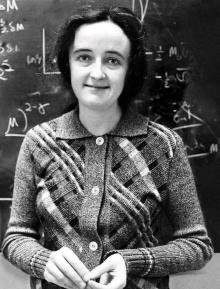
Taechang Kim
몇번 되풀이 읽어봐도 실증나지 않는 시사적이면서 자극적인 내용이 담긴 기독교- 불교상관연동론이요 특히 예수- 원효- 쿠우카이의 만남을 통해 열리는 기독교- 불교의 상생개신의 새지평열기를 위한 새길찾기에 좋은 참고가 되는 양서들이다.
Seon Wook Jin
책제목들을 보니 일본이 우리보다 사상적 연구가 앞선것 같습니다.
Taechang Kim
Seon Wook Jin 적어도 비교종교학연구분야에서는 저 자신이 아는 범위내에서는 그렇다고 생각됩니다.
===
Kindle (Digital)
¥1,208 (12pt)
Available instantly
Hardcover
¥9,129 (91pt)
Paperback
¥2,989 (30pt)

Follow the author

Peter Baekelmans
Follow
The Hidden "God": Towards a Christian Theology of Buddhism (English Edition) Kindle Edition
English Edition by Peter Baekelmans (著) Format: Kindle Edition
5.0 5.0 out of 5 stars 4 ratings
Winner of the Frederick J. Streng Book of the Year Award 2022 from the Academic Society of Buddhist-Christian Studies in North-America
"Theology" means "discourse about god."
Christian theology is a reflection on the Christian faith in which God takes a central place.
Therefore, the Christian theology of other religions seeks to understand
if and how "God" as Christians call their experience of Him may be present
in the thought, devotion, and ritual of those other religions.
Christian theology of Buddhism is then
a Christian reflection on the Buddhist faith in "god" or "gods."
Now, Buddhist teaching contains many seeming contradictions (as does Christian teaching). Accepting these, and looking for clues to understand
how they came about and how they might be reconciled, is not only an intellectual challenge but also a religious duty.
The Hidden "God" feels like a detective story,
taking the reader along on an exacting investigation of the manifold themes, concepts, and persons of the different Buddhist faith traditions
in order to discern whether they can be related to the Christian understanding of who God is. The result, which is both complex and simple, will enable readers to take steps toward uniting both religions in the mystery that God or the Dharma is.
==
Editorial Reviews
From the Back Cover
"This book is courageous and necessary: courageous because it breaks a taboo of placing interreligious dialogue on a theological level; necessary because it brings to light a sincere comparative study of the relationship between faith and practice—which is common ground for all the great spiritual traditions. This is the more necessary in the case of Buddhism, which, in the West, is increasingly secularized and confined to the field of psychophysical well-being disciplines."—GUGLIELMO DORYU CAPPELLI, Zen Anshin temple, Rome
"The 'god' question is almost absent from Buddhist scriptures and teachings, yet everywhere present in the searching eyes of a Christian. Peter Baekelmans is well equipped to tackle this elusive question owing to his many years in Japan and long acquaintance with several branches and schools of Buddhism. On the Christian side, his approach is both academic and theological: a scholar and a believer, which allows him to consider the 'god' question in Buddhism from different and sometimes surprising angles without losing sight of the global picture."—FR JACQUES SCHEUER, author of Wisdom and Compassion: The Two Wings of Buddhism
"In The Hidden 'God,' Peter Baekelmans develops a Christian theology of Buddhism in the sense of a Christian reflection on the Buddhist faith in 'god' (or 'gods'). As he is a renowned theologian and scholar of Buddhism, whom I consider the Christian expert on esoteric Buddhism—both theoretically and practically—the reading of this challenging work will be deeply illuminating."—MARTIN REPP, author of The One God and the Other Gods: A Historical and Systematic Introduction to Ecumenical Theologies of Religion
"Peter Baekelmans' The Hidden 'God'takes us along with the author on a journey to the discovery of Buddhism and its many facets. His path-breaking manner of comparing Buddhism to his native Christianity with a view to enhancing the understanding of both is immensely respectful. He has undertaken an arduous task. Many have tried it, and many have failed. Remarkably, this book is simple in its completeness, pointing out what has been right before our eyes all along even while opening up a limitless horizon."—ALICIA GUINOT, Europe Books
About the Author
PETER BAEKELMANS, born in 1960 in Brasschaat, Belgium, has dedicated his life to the study of religions. He holds an MA in Comparative Religion (Lugano, Switzerland), an MA in Buddhist Studies (Koyasan, Japan), and a PhD/STD in Theology of Religions (Nagoya, Japan). He worked twenty years as a CICM missionary at different parishes and universities in Japan where he also practiced in-depth Zen meditation and Shingon rituals at Buddhist monasteries. He is presently the director of SEDOS (Rome), as well as guest professor at KU Leuven (Belgium), where he teaches Hinduism, Buddhism, and Eastern religions on the Faculty of Theology and Religious Studies. As a Roman Catholic priest-theologian, he seeks to bring religions closer to each other also on a theological level.
Product details
Publisher : Angelico Press (May 27, 2022)
Language : English
Hardcover : 248 pages


















